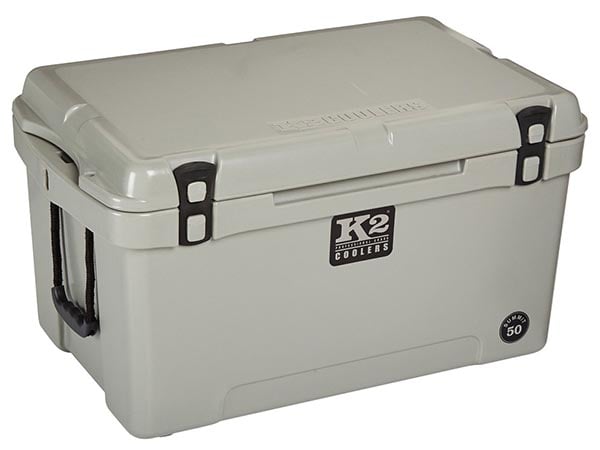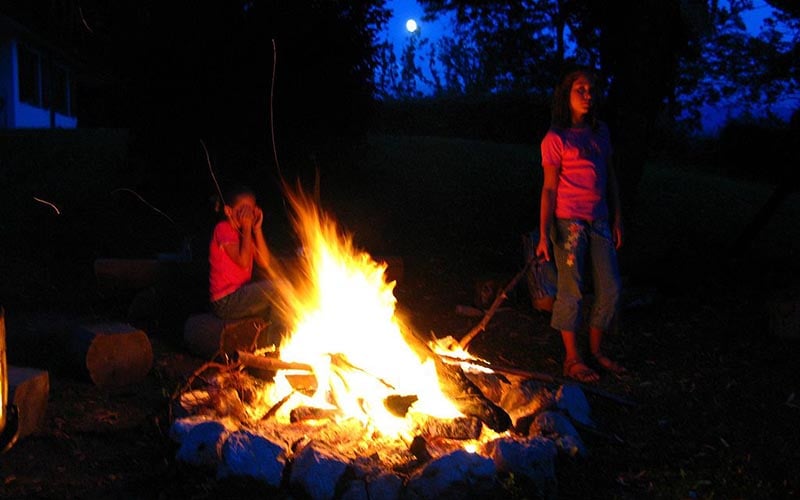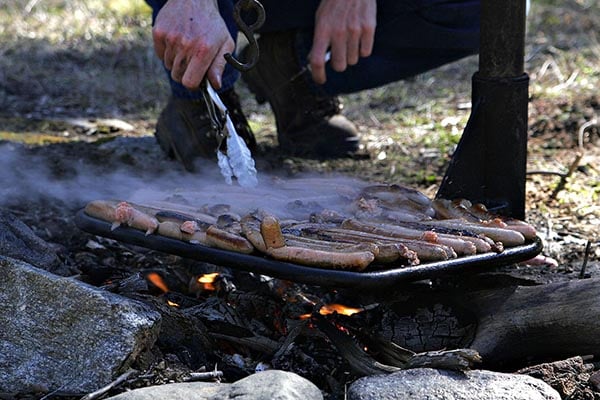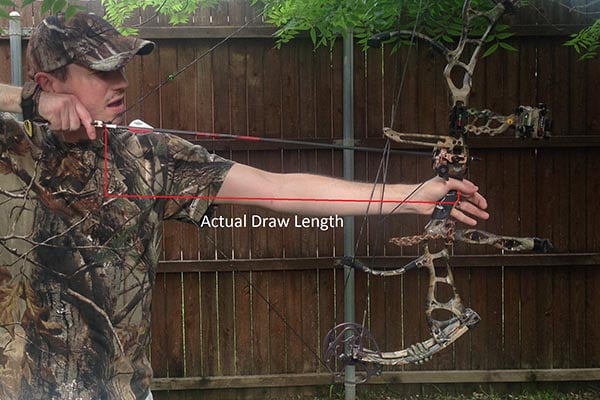Last Updated on
Summer is underway and you’re busy scheming about the camping and hiking trips that you can take. These adventures sound great when you start to think about them, and whether you’re only planning on taking one or two or you’re trying to fill up your summer schedule with trips, it’s natural to get excited about the possibilities. However, once you get deeper in the process of planning, budgetary concerns naturally come up. This can create even more of a strain when you’re also planning a vacation alongside several camping trips. However if you plan your trips carefully and shrewdly handle trip resources, you can do all you want to do without emptying the savings account. Here are some budgeting tips for summer trips.
Pack Your Cooler Efficiently / Keep It In The Shade
Ice management, and the chore of replenishing it on a multi-day trip, is a very important facet of any camping trip. You can go so far to say that without an ample stock of ice, most camping trips will become somewhat miserable. No cold drinks and no food to grill or sandwiches to eat makes for a pretty lame trip. Cooler management is so important that an entirely new corner of the outdoor industry, heavy duty coolers that hold ice for days has become a craze over the past few years.
While your ice replenishment woes will certainly lessen if you buy a $400 cooler, we understand that not everyone can do this right now. It’s something to think about long term, and when you’re ready check out our selection of K2 Coolers for ice saving options. In the meantime, there are a few easy things you can do to help conserve your ice.

1. Add Large Ice Blocks To The Cooler
Relying on loose ice alone can cause excessive melting, and you’ll have much better luck adding some bigger chunks of ice to the mix. The best way to do this is to freeze a plastic container in the freezer a few days before you leave on your trip. Pick the plastic container based upon the size of your cooler. For example, if you’re only packing a small cooler, it doesn’t make sense to add a frozen five gallon jug, but if you have a giant cooler, there is probably a lot more room for a large chunk of ice. As an alternative, you might try freezing a couple small containers and placing them on opposite sides of the cooler. It makes the most sense to pack these larger chunks of ice at the bottom so they don’t get in the way.
2. Keep The Cooler Shaded
A huge mistake some people make is letting their cooler bake in the hot sun during the day. You’re just asking for your ice to disappear quickly when you do this. When at all possible, keep your cooler in the shade. It’ll bake less and you might be able to stretch another day of ice out of your setup this way. Remember that the angle of the sun will change throughout the day, and you’ll need to keep an eye on the cooler’s position as the day wears on. Of course if you’re returning to it frequently for refreshments, this shouldn’t be an issue.
3. Pack It Efficiently
Speaking of returning to your cooler frequently, it can really be a strain on your ice to shift constantly through it looking for another can of “Grand Pappy’s Brew” or whatever you drink. Do yourself and your ice a favor and organize your cooler according to your needs. Chances are it won’t go exactly as you planned, but it’s better to think about it before adding ice than just making it a free for all.
Buy Bulk Food
Planning and budgeting food can be a significant expense on any outdoor trip. Just like any shopping trip, avoid going to the grocery store hungry, and stick to a tight list of necessary supplies. When you evaluate your meals, try to buy items that can be used over several meals. For example, a large pack of cold cuts can cover several lunches when paired with some bread and toppings. Ground meat is another cheap fare that can be used in several different meals. Plan carefully according to your tastes and don’t go overboard.

Purchase Gear In The Off-season
Sure, it’s hard to wait until the off-season when something breaks, and you’re always going to have some items that need to be purchased in the summer due to immediate need. However, you can wait until the off-season to get some bigger items that you need at a better price. You’ll just have to evaluate what you can get by with this season and what needs replaced now. Can you live with that old sleeping bag or old pair of hiking shoes, or are they completely shot? Don’t forget to take notes on what you need down the line once the fall and winter comes around again. Register for the Gritroutdoors GEARBLAST for some seasonal deals when you’re ready.
Avoid Fee Campgrounds
Let’s face it, some campgrounds charge a lot for a site. Of course they justify it by offering showers, wifi, an on-site convenience store, etc. However, if you plan carefully, you’re not going to need any of those resources anyway, and don’t get us started on the desire to have wifi while camping – you don’t need it, period. Ideally, your phone shouldn’t even get service. Instead of paying up to camp on a small chunk of land, do a web search while you’re planning for cheap and even free alternatives. There might be no amenities, but if you need pampered, rent a hotel room instead.
Salvage Wood To Supplement Firewood Stocks
Purchasing firewood can get pretty expensive, especially if you’re buying the plastic-wrapped bundles from the hardware store. Guess what, typically that wood for sale isn’t that great to begin with. However, it is important to leave with a base supply of firewood, especially if you want a roaring fire at night or you need to cook with fire pit coals. In addition, there may be times where the area doesn’t allow for the salvaging of nearby wood, and of course if there is a fire ban, you’ll have to leave all the wood at home and bring the camping stove instead. But if you’re fortunate to be in an area where you can salvage some nearby wood, you can use this strategy to save money on wood bundles. In some areas of the country, picking up loose and dead wood on the ground and burning it safely can actually lessen fire risk should the area become impacted by drought.

DISCLAIMER: Don’t be that jerk who brings his ax and fells a couple nearby trees. Salvaging fallen limbs or dead trees is one thing, but it’s never ethical to go lumberjack on the area. Wood found that way isn’t going to burn well anyway, so just don’t do it!
Get Established
The hardest part of getting established as a regular camper or hiker is getting over the gear hump. This really goes for any outdoor activity, be it hunting, skiing or whatever. The good news is camping and hiking can present far less of a strain on your outdoor budget than hunting or skiing, and if you plan it out right, some of your camping and hiking gear can be used for hunting or even skiing later on in the year. If you buy a tent and exercise proper tent care, it should last you for a very long time. The same goes for sleeping bags, outdoor packs and related outdoor tools.

We’ll always support the mentality of “spend a little bit more for quality gear, and get more out of it in the long run.” This especially goes for gear like tents. The cheap big box store variety of tents can seem appealing at their price point, but once the zipper breaks or the tent wall rips, you’ll be kicking yourself for giving in and getting the cheapest thing you could find. Need another reason to not go cheap on a tent? Quality tents are a lot easier to pitch, and instead of spending hours sliding poles through tricky tent sleeves while four other people hold the cheap tent steady, you could be sipping on a cold beverage and admiring how quickly the quality tent went up.
It’s a process to accumulate gear, and one you’ll probably be doing your whole life. This is all the more reason to plan carefully and get the gear you need without wasting money on the basic demands that you can plan out and save money on.
Image two and thumb and three courtesy of Wikimedia Commons.











